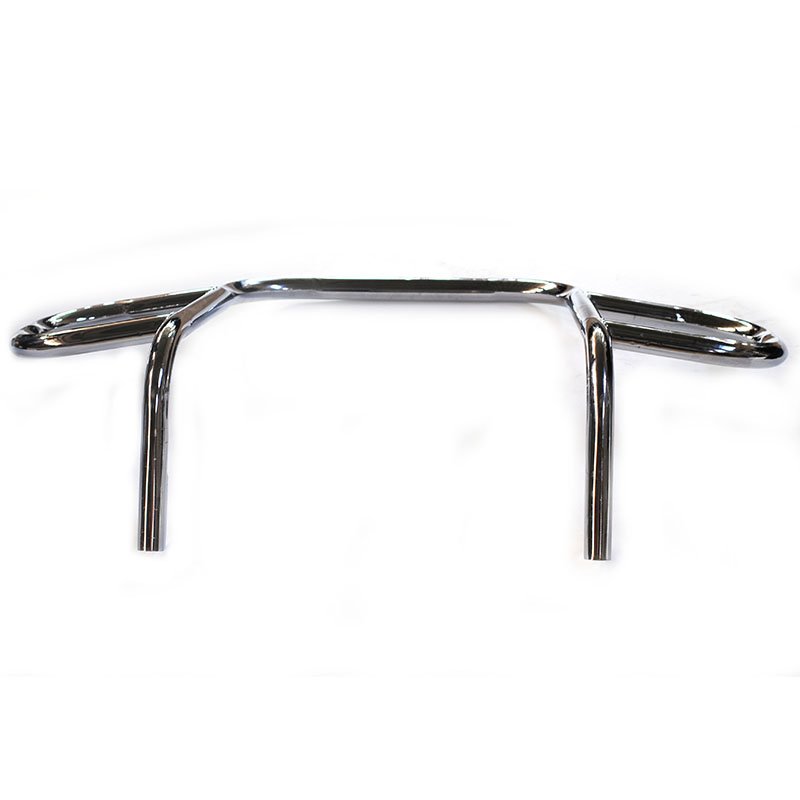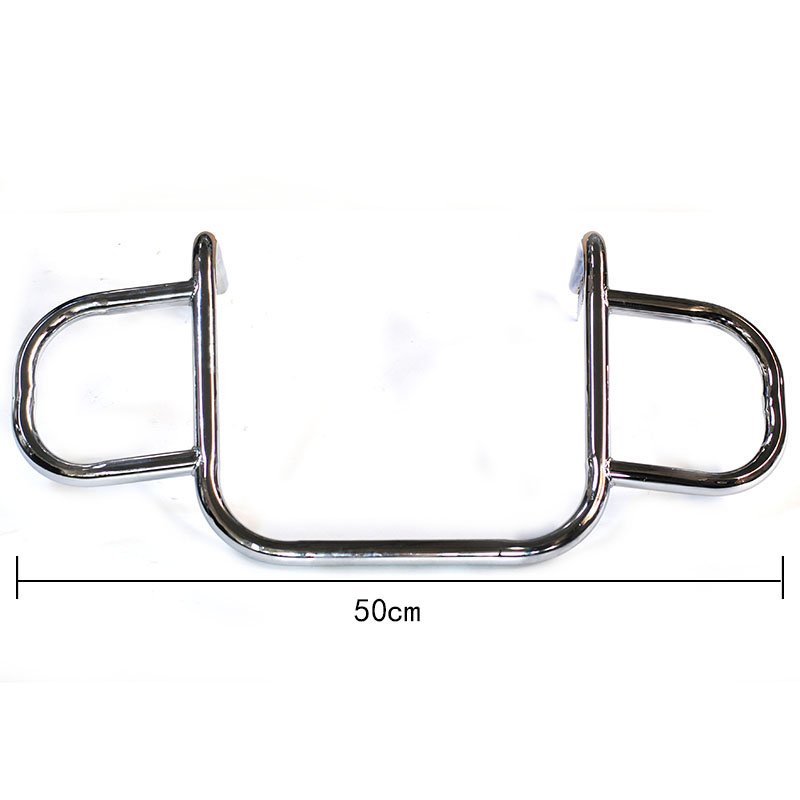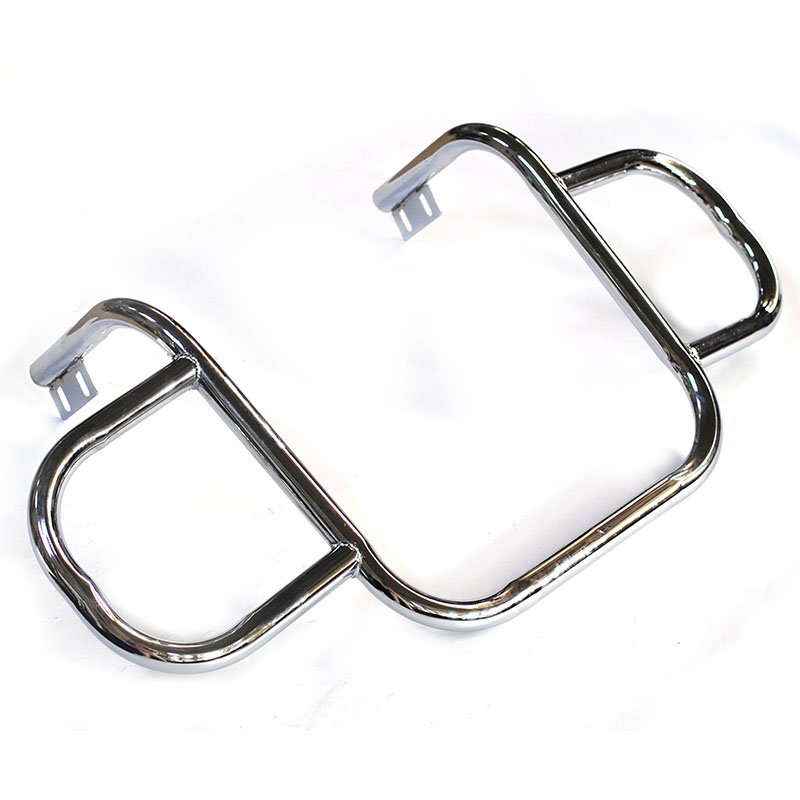Regarding the question of how many lives the bumpers of electric canopy tricycles have actually saved, it is difficult to provide an exact number due to the lack of specific data and case records. However, from the design intent and practical function of bumpers, it is clear that they enhance the safety of tricycles to some extent and potentially saved many lives in accidents.

As an important safety component of tricycles, the primary function of bumpers is to protect the vehicle from collision damage and to some extent mitigate the impact on occupants in accidents. In electric canopy tricycles, the role of bumpers is particularly prominent, as they not only protect the vehicle itself but also provide an additional safety barrier for passengers.
Although the exact number of lives saved by bumpers cannot be accurately counted, we can understand their importance from the following aspects:
- Reducing collision damage: The design of bumpers allows them to absorb some of the impact force in minor collisions, thereby reducing damage to the vehicle and occupants. This means that bumpers may have protected passengers’ lives to some extent in accidents.
- Providing psychological comfort: For passengers, seeing bumpers on the vehicle may increase their sense of security to some extent. This psychological comfort is particularly important during long journeys or in inclement weather conditions.
- Preventing potential dangers: In some cases, bumpers may even prevent accidents from occurring. For example, when driving on narrow roads, bumpers can prevent the vehicle from colliding directly with roadside obstacles.

In summary, although the exact number of lives saved by the bumpers of electric canopy tricycles cannot be accurately counted, it is clear that they play an important role in enhancing tricycle safety. Therefore, for tricycle manufacturers and consumers, it is crucial to prioritize the quality and safety of bumpers. At the same time, we should also strengthen traffic safety education, raise drivers’ and passengers’ awareness of safety, and jointly create a safer transportation environment.

